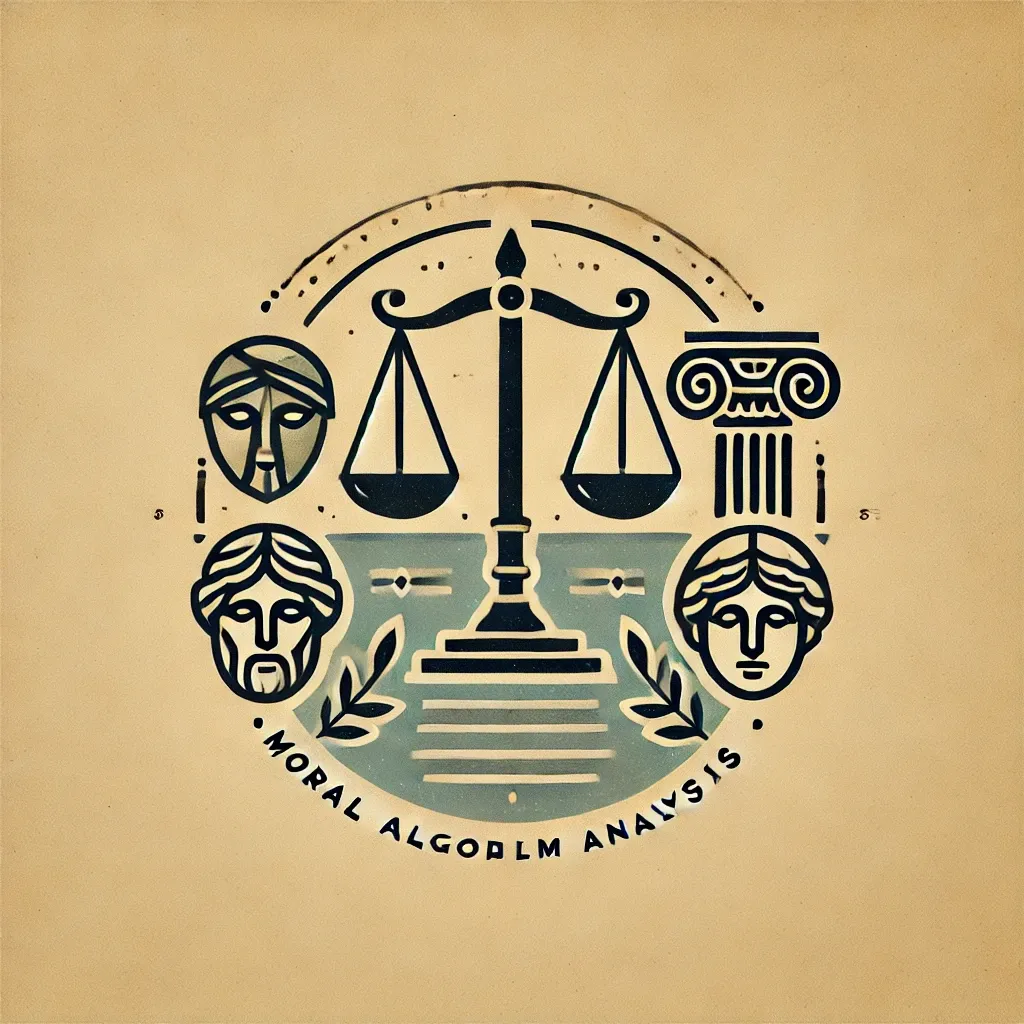Economic Report Australia
Australia, a high-income developed nation, is known for its robust economy, abundant natural resources, and high quality of life. Despite its strengths, the country faces challenges such as reliance on commodity exports, housing affordability crises, and an aging population.

Introduction
Australia, a high-income developed nation, is known for its robust economy, abundant natural resources, and high quality of life. Despite its strengths, the country faces challenges such as reliance on commodity exports, housing affordability crises, and an aging population. This report examines Australia’s key economic and social dynamics, focusing on labour, migration, energy, and innovation.
Key Findings
1. Economic Performance
- Australia has one of the highest per-capita GDPs globally, driven by mining, agriculture, and services.
- The economy is heavily reliant on exports, particularly to China, with iron ore, coal, and natural gas as primary commodities.
- The services sector, including education and tourism, contributes significantly to GDP but is vulnerable to global disruptions.
2. Labour Force and Demographics
- Australia’s labour force participation rate is high, but there is increasing reliance on older workers due to a declining birth rate.
- Youth unemployment and underemployment are ongoing concerns, particularly in regional areas.
- Labour productivity growth has slowed, with a skills mismatch in key sectors such as technology and healthcare.
3. Migration Dynamics
- Migration is a cornerstone of Australia’s economic and population growth, with skilled migration programs contributing to labour supply and innovation.
- International students are a significant source of economic activity, often transitioning to permanent residency.
- Challenges include rising anti-immigration sentiments and pressures on urban infrastructure.
4. Energy and Infrastructure
- Australia is a major exporter of fossil fuels but is transitioning to renewables at an accelerating pace.
- Solar energy adoption is among the highest in the world, but grid infrastructure struggles to keep up with new energy sources.
- Urban infrastructure, particularly in cities like Sydney and Melbourne, is strained by rapid population growth.
5. Innovation and Technology
- Australia ranks moderately on global innovation indices, with strengths in biotech and fintech but underinvestment in R&D relative to GDP.
- The mining sector has been an early adopter of automation and AI, leading to increased productivity.
- The startup ecosystem is growing, but access to venture capital and a relatively small domestic market limit scalability.
6. Social and Economic Disparities
- Australia has a high quality of life, with universal healthcare and strong social services.
- Rising housing costs have created affordability crises in major cities, exacerbating inequality.
- Indigenous Australians face significant socioeconomic disadvantages, including lower life expectancy and employment rates.
Key Areas of Focus
1. Labour Dynamics
- Addressing youth unemployment and underemployment requires targeted training and education programs.
- Encouraging older workers to remain in the workforce through flexible arrangements can mitigate the impacts of an aging population.
2. Migration Policy
- Skilled migration programs are essential for addressing labour shortages but require better integration into urban planning.
- Policies to attract and retain international students can bolster both the labour force and innovation.
3. Energy Transition
- While renewables are expanding rapidly, fossil fuel exports remain a key part of the economy, creating tension between economic and environmental goals.
- Investment in energy storage and grid modernization is critical to support the renewable transition.
4. Innovation Ecosystem
- Increased R&D spending and government incentives can boost innovation in emerging sectors like AI and renewable energy.
- Strengthening ties between universities and industry can accelerate the commercialization of research.
5. Social Equity
- Addressing housing affordability through zoning reform and affordable housing programs is vital.
- Expanding education and employment opportunities for Indigenous Australians can reduce systemic inequities.
Opportunities for Improvement
Labour Force
- Policy Action: Expand access to vocational education and training (VET) programs, particularly in technology and healthcare.
- Private Sector Role: Partner with educational institutions to offer apprenticeships and on-the-job training.
Migration
- Policy Action: Streamline visa processes for skilled workers and provide pathways to permanent residency.
- Private Sector Role: Develop initiatives to integrate skilled migrants into local labour markets quickly.
Energy Transition
- Policy Action: Provide subsidies for renewable energy storage and grid modernization projects.
- Private Sector Role: Invest in green technology and energy-efficient industrial practices.
Innovation
- Policy Action: Increase government funding for R&D and introduce tax incentives for innovation-heavy industries.
- Private Sector Role: Establish venture capital funds and foster partnerships with universities and research institutions.
Social Equity
- Policy Action: Reform zoning laws to increase housing supply and reduce urban housing costs.
- Private Sector Role: Invest in affordable housing developments and community initiatives.
Comparative Insights
- Unlike the EU, Australia’s reliance on natural resources makes it more vulnerable to commodity price fluctuations.
- Compared to the USA, Australia’s innovation ecosystem is less developed, partly due to its smaller market and lower R&D investment.
- Like the Philippines, Australia relies heavily on migration for population and economic growth, but its skilled migration programs are more structured and impactful.
Conclusion
Australia’s strengths in natural resources, high quality of life, and skilled migration position it well for sustained growth. However, addressing structural challenges like housing affordability, energy transition, and innovation gaps will be critical for long-term resilience. By investing in infrastructure, fostering innovation, and promoting social equity, Australia can maintain its position as a global leader in quality of life and economic opportunity.
